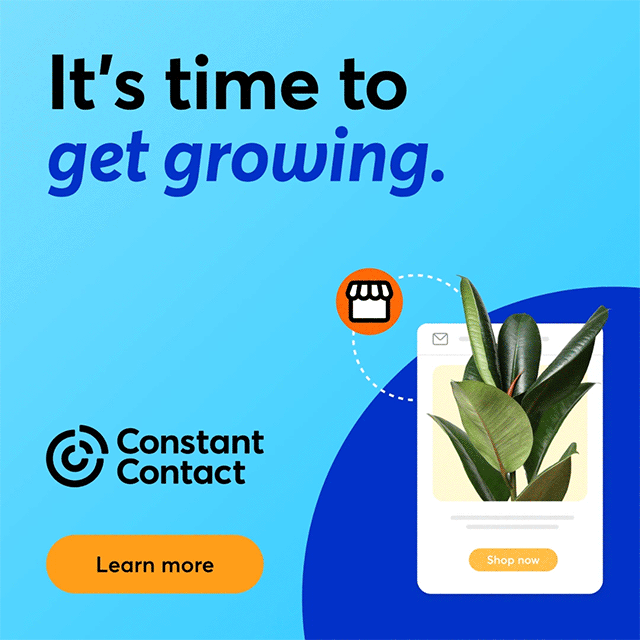This week’s Guest Post was written by Alicia Hill a writer with years of experience in digital marketing and social media management. She works for Orange Digital, a web design company in Brisbane.
Infographics and visual content have proven to boost social media shares and drive traffic. Today's audiences are stimulated by pictorial representations of data and companies would do well to engage users with infographics.
Here are some tips to help you develop a unique visual content strategy that will boost social media shares, increase brand appeal and engagement, and, ultimately, drive traffic to your brand.
Identify And Plan A Visual Content Strategy
The fact of the matter is that some information or data lends itself to visual representation better than others. Incorporating Infographics into marketing is a solid plan for building buzz and identifying what could and should be part of an infographic is the first step in that direction. Marketers should think long-term and make sure that what's being represented in the visuals ties directly to the overall message and brand of the company. Social media shares that don't promote the business as an expert and subsequently build brand recognition lose any benefits.
Gather Data And Research
Information needs to tell a story, so the logical next step in infographics is the research. Here are some items to keep in mind when compiling data for visualization:
- Don't present complex data that can't be followed easily
- The information must lend itself to visual representation
- Share information or data that is compelling and that elicits emotional responses
- Any data or statistics must have citations and sources
- Find inspiration on highly visual sites such as Pinterest, Visual.ly and Daily Infographic
Learn how To create Infographic Material
Many of the tools listed below offer comprehensive tutorials and user-friendly interfaces. As a result, the learning curve is not too steep and creating visual content becomes a snap. The biggest challenge is going to be in identifying the right information to present as an infographic.
Share, Promote And Drive Engagement
Creating any content, whether written or visual, needs to be supported and nurtured as a means to find its audience. Supporting articles and social media posts are a great start. Promote the infographic as any other marketing material and make sure to engage the audience and increase the likelihood of more shares.
Social Media Management Through Interactive Infographics
There are plenty of easy-to-use tools for creating an infographic and managing visual content for the web. none of which require the skills of an experienced (and costly) graphic designer.
Here is a list of a few simple tools:
Piktochart
The Piktochart program is a snap to use and provides a lot of flexibility when creating and editing infographics. They have a library of icons, customizable canvas creation, and a host of interactive visuals. The simple and intuitive interface makes Piktochart stand out from the competition.
Canva.com
Canva offers great tutorials on getting started and tips on more creating more advanced content. Templates can be created for a host of visuals, and there is a large library of images.
Easel.ly
Easel.ly is free, offers some basic layouts and templates and can be created in PDF or JPEG formats. If you’re just looking to design an infographic, this program will work well. Marketers seeking variety in their material should turn to other programs.
Infogr.am
Infogr.am is a great tool that includes a lot of template themes and customization options. Images and videos can be added to the content. The ability to use real data files for creating infographics is a plus.
Visualization has proven to be successful well beyond simply written content and a social media marketing infographic is a useful tool to engage users, increase social media shares, and build a brand. Implementing infographics, the perfect way to visualize success.








